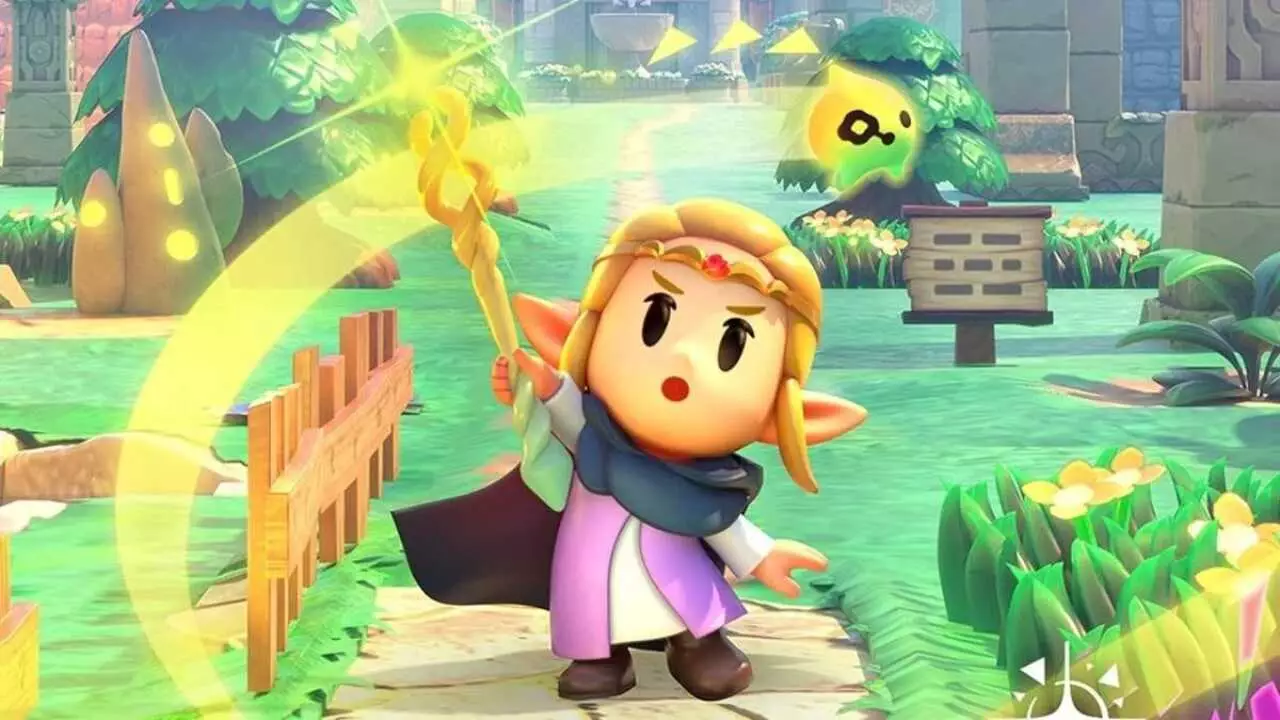The timeline of The Legend of Zelda series has been a subject of intrigue and fervent discussion among fans since the franchise began. Nintendo’s latest installment, “Echoes of Wisdom,” has only intensified this discourse by officially placing it in the “Hero is defeated” timeline. This new adventure unfolds in a narrative context that succeeds “Tri Force Heroes” and precedes the “Decline of the Hyrule Kingdom.” This development serves not only to challenge established theories but also invites players to rethink their understanding of the series’ intricate lore.
At the heart of “Echoes of Wisdom” lies the compelling story of Link’s journey to rescue Princess Zelda from Ganon’s clutches. According to Nintendo’s portrayal, after a hard-fought battle, Link finds himself caught in a swirling rift—one that serves as a pivotal plot device. These rifts, which disrupt the fabric of Hyrule, create a climate of uncertainty and despair, encompassing even the royal family. Here, the narrative intricately weaves a tale of bravery where Princess Zelda must assume the mantle of heroism to save not just her father, the king, but also her beloved Link and the citizens of Hyrule. This shift positions her as a proactive and central character in a traditionally male-dominated archetype of heroism.
Nintendo’s timeline decisions can be traced back to the outcomes of “Ocarina of Time,” particularly the ‘lose’ scenario where the Hero of Time is vanquished by Ganondorf. This links the action in “Echoes of Wisdom” directly to previous titles, fostering a richer context for long-time fans who cherish the series’ continuity. Furthermore, the differentiation of timelines—where “Breath of the Wild” and “Tears of the Kingdom” occupy their individual spaces—highlights a more complex chronological existence within the Zelda universe. It raises questions about the implications of these events on future games in the series, shaping potential developments and character arcs.
A striking aspect of the development philosophy behind The Legend of Zelda is the prioritization of gameplay over story, as noted by producer Eiji Aonuma. This approach has generated an interesting contradiction: while fans crave extensive lore and narrative consistency, the developers strike a balance by allowing gameplay mechanics to take the lead. This interplay is crucial, as it emphasizes that while narrative provides a framework, it is the immersive gameplay experience that truly defines the series.
“Echoes of Wisdom” has not only contributed to the ever-expanding narrative universe of Zelda but has also sparked renewed conversations among the fanbase about what constitutes canon and how intricately stories can intertwine. As the dust settles on this latest timeline placement, it seems likely that both the gameplay and plot will continue to shape the perception of this beloved franchise. As fans discuss and debate, one thing remains certain: The Legend of Zelda will keep evolving, with the adventures of Link and Zelda inspiring new generations for years to come.

